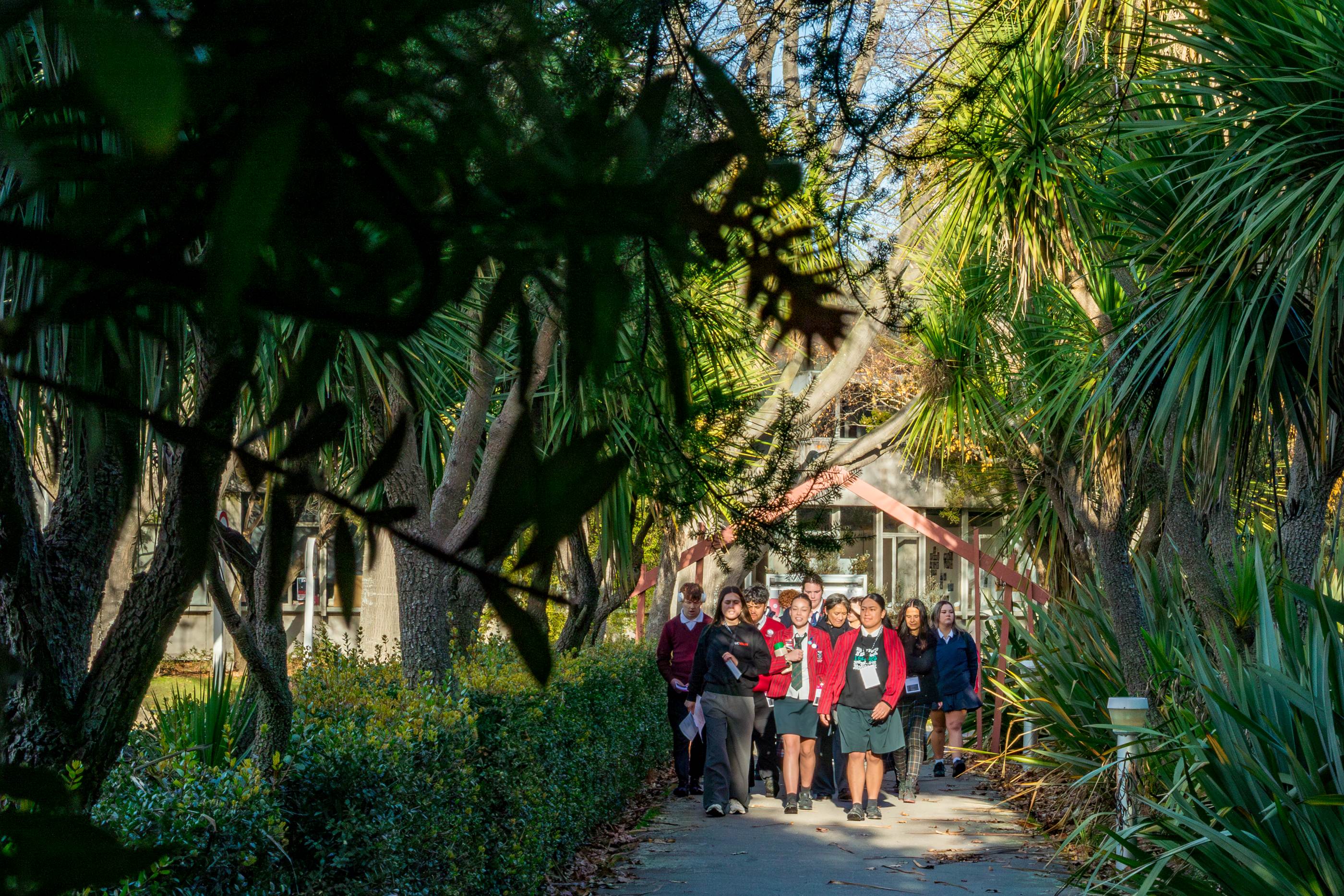Education Minister Chris Hipkins: streaming is incompatible with Treaty of Waitangi provisions.
Academic streaming in New Zealand schools is still common, but according to recent reports it is also discriminatory and racist.
Also known as tracking, setting and ability grouping, streaming has been called a systemic barrier to Māori educational success in one major analysis released in August.
Education Minister Chris Hipkins agreed, saying “streaming does more harm than it does good”.
The criticism should come as no surprise. Decades of research has shown streaming doesn’t lift achievement. While it may boost top streams a little, it usually drags down the achievement of students in bottom streams.
Low expectations and low confidence
Given the main justification for streaming is that it lets teachers fine-tune learning activities to make them realistic but challenging, why doesn’t customised learning benefit all students?
Essentially, low-stream students learn more basic material more slowly via less challenging tasks. Students who start secondary school in a low stream have flatter learning curves than their top-stream peers. It becomes very difficult for them to catch up.
For example, we have observed low-stream year 9 students repetitively rounding numbers to the nearest hundred, while their top-stream peers grappled with challenging number pules. One head of mathematics reflected:
There was no real pathway for students in the bottom class to come out of that bottom class.
The messages low-stream students receive about who they are and what they’re capable of damage their self-confidence. Self-confidence is a strong predictor of future achievement, so streaming can turn one test result into a self-fulfilling prophecy.
Is streaming systemically racist?
Māori and Pasifika students are over-represented in low-stream classes and therefore experience the predictable and well-established harmful impacts of streaming.
Understanding the difference between intent and impact is crucial. In the United States, for example, research has shown how “ability grouping was used as a mechanism to resegregate schools”, keeping Black and white students separated within the same building, and subverting national schooling integration mandates.
It is the outcome rather than any intent to do deliberate harm that defines a practice as racist.
In New Zealand, leading Māori education scholars have long pointed to the correlations between teacher expectations for Māori students and their educational attainment in mainstream secondary schools. Māori students achieve highly when their teachers ensure they are both culturally safe and academically challenged.
Of course, quality teaching improves students’ opportunities to excel academically. However, improving teaching for low-stream students may still have little impact unless there is systemic change that creates pathways for them to advance to senior academic courses.
What are the relevant policies?
The Māori education strategy Ka Hikitia was refreshed this year. Its original purpose was to influence policy to improve Māori educational success. And yet Māori are still experiencing the same systemic inequities over a decade since it was first published.
Streaming seems inconsistent with one of the refreshed Ka Hikitia’s “outcome domains”: Te Tangata: Māori are free from racism, discrimination and stigma in education.
Streaming diminishes the mana of students in low streams because they don’t see themselves as academically able, expectations are often low, and the stigma of belonging to an “underclass” can remain for life.
Ka Hikitia also stresses the importance of whānau (family) in making informed decisions about education. But open conversations about streaming with whānau are rare, and streaming processes and terms can be confusing.
Being in a low stream closes doors to many learning and employment pathways, but often students and whānau don’t know this until it’s too late.
Furthermore, the Education and Training Act (which became law in August this year, replacing the 1989 Education Act) includes a new requirement for school boards of trustees to “ensure schools give effect to the Treaty of Waitangi by achieving equitable outcomes for Māori students”.
As Education Minister Hipkins observed, streaming would be “very incompatible and inconsistent” with this requirement. In our opinion, the evidence is on his side.
The system must respond
There are ways to continue with streaming but minimise its worst effects. But the tendency to “label” students as failures, in particular, seems almost impossible to mitigate.
For now, the decision on whether or not to stream in New Zealand still sits with individual schools (unlike in Ontario, Canada, which banned streaming in July for being “discriminatory” and “racist”).
During the COVID-19 pandemic, schools have been busier than ever juggling many competing demands. But if Māori are calling out a widely accepted educational practice as discriminatory, those of us in the education system must not only be listening, but also be ready to implement evidence-based change.
This article was originally published on The Conversation.





%20photo%20credit%20Angus%20McIntosh.jpg)



.jpg)
